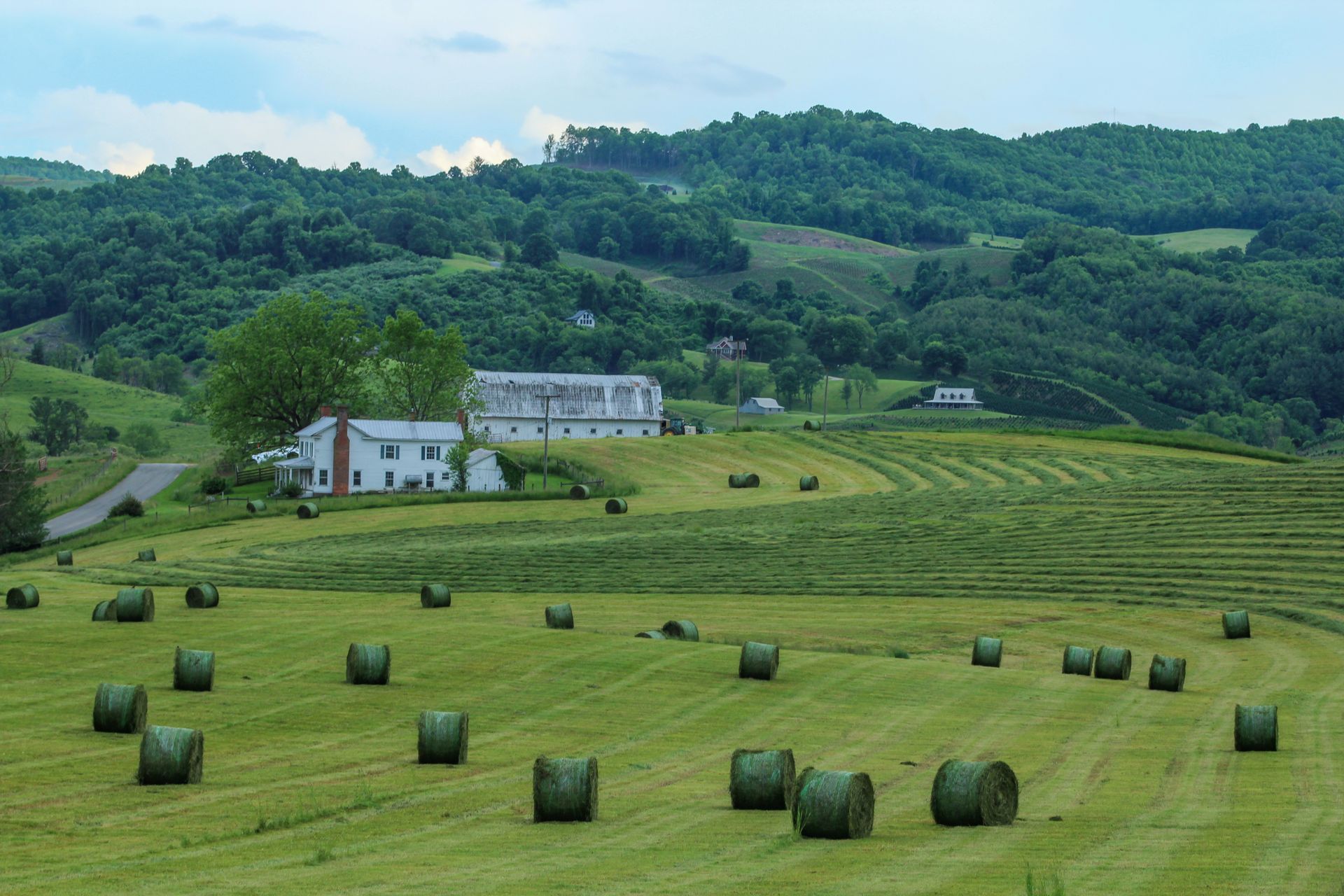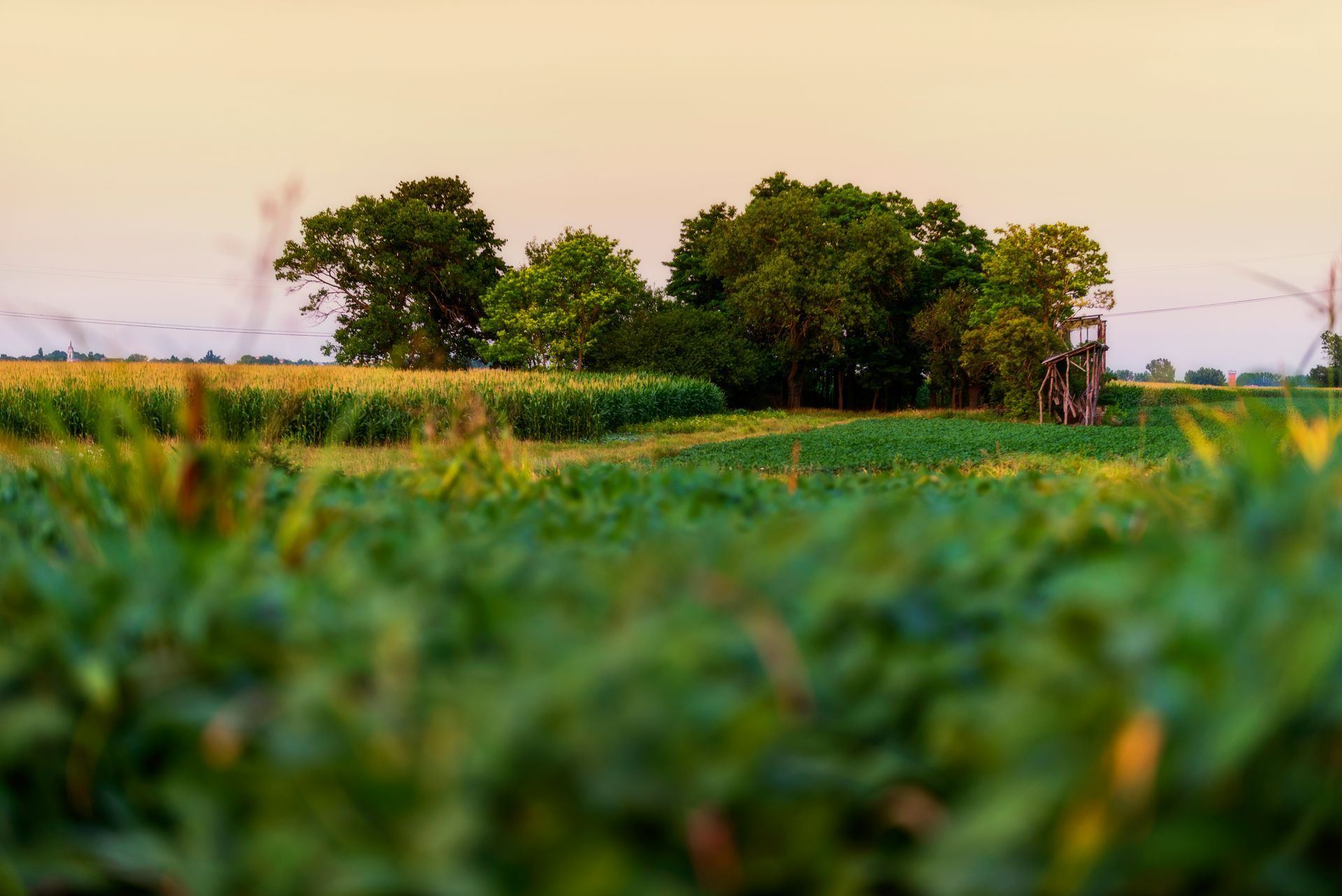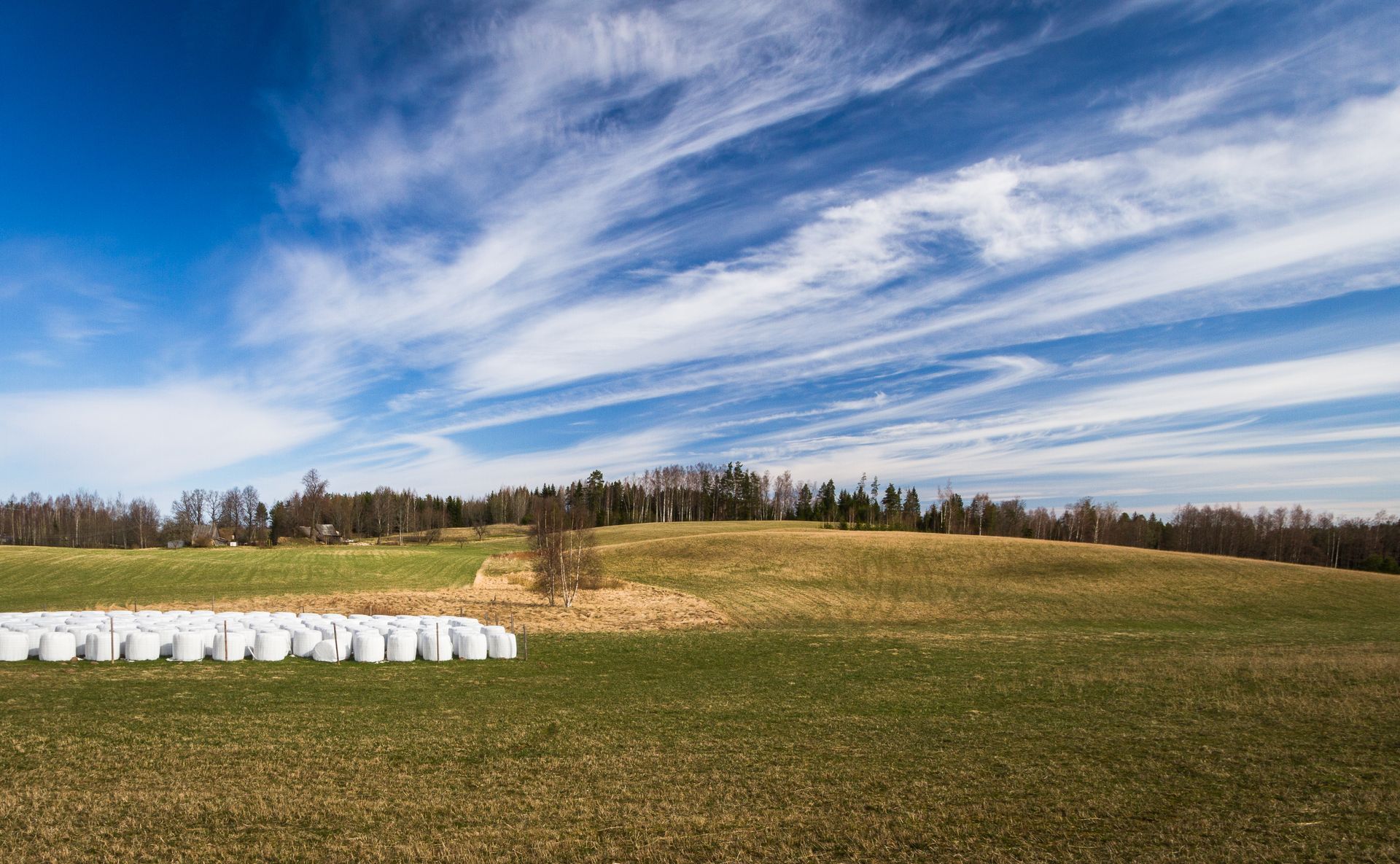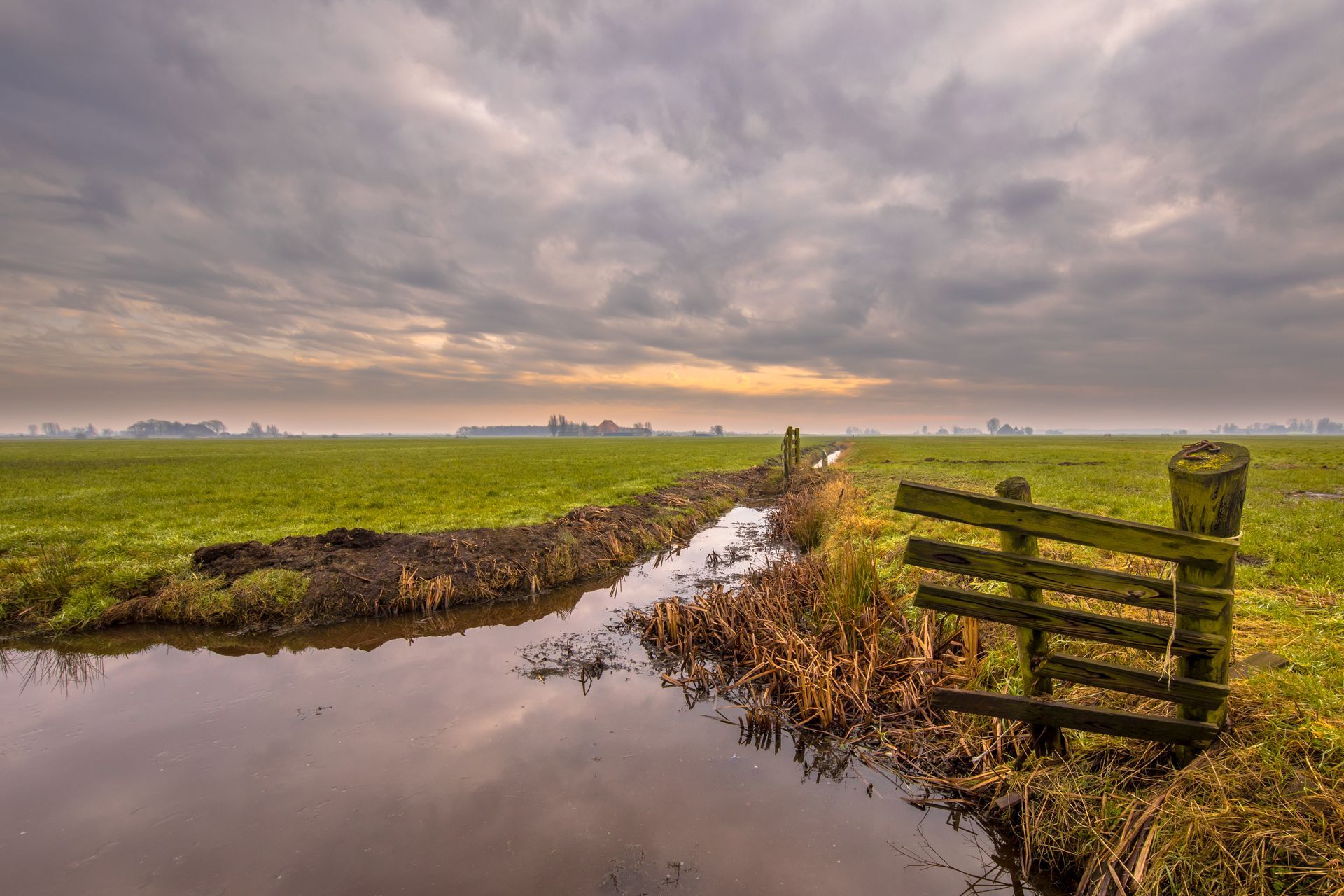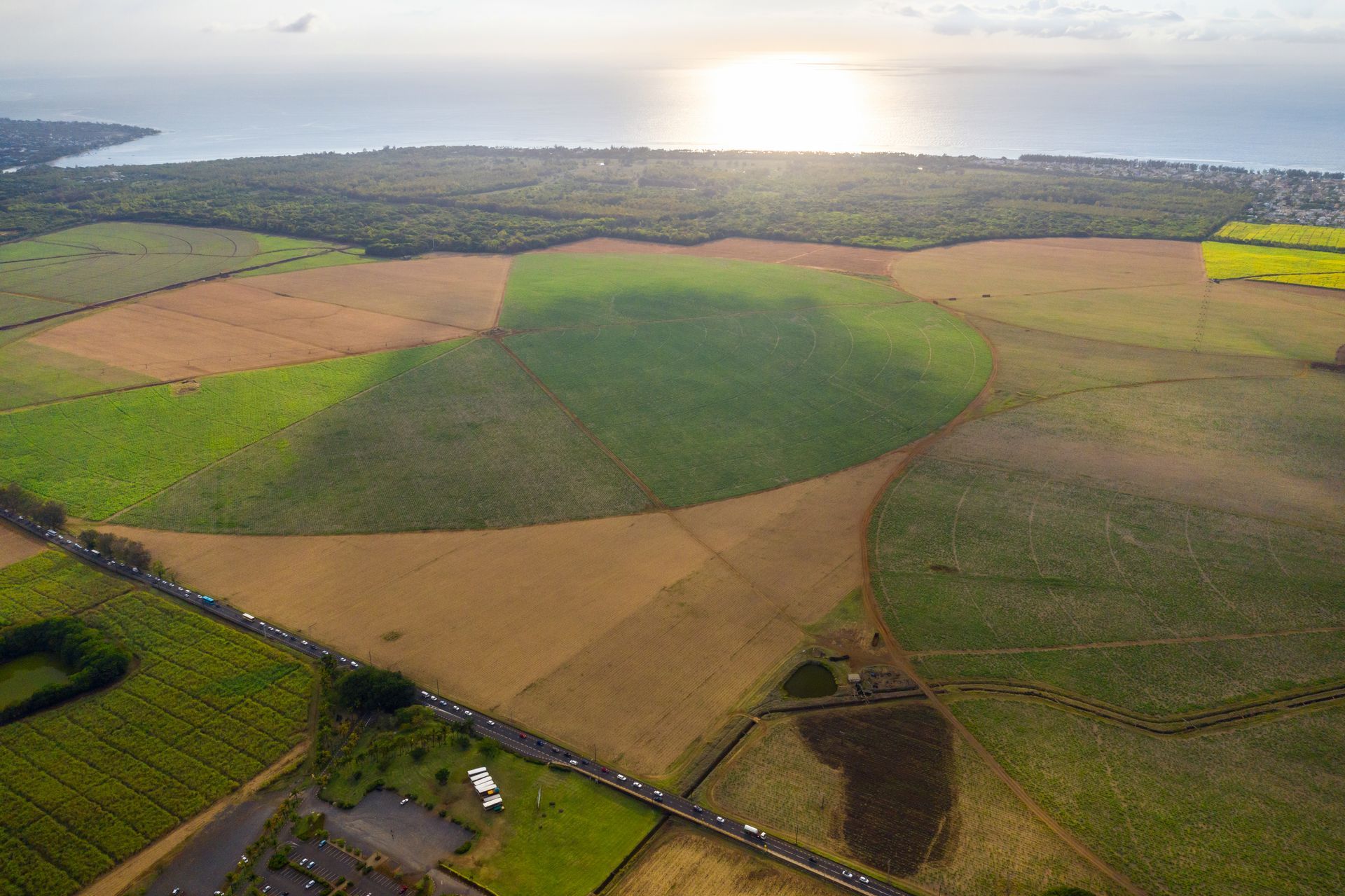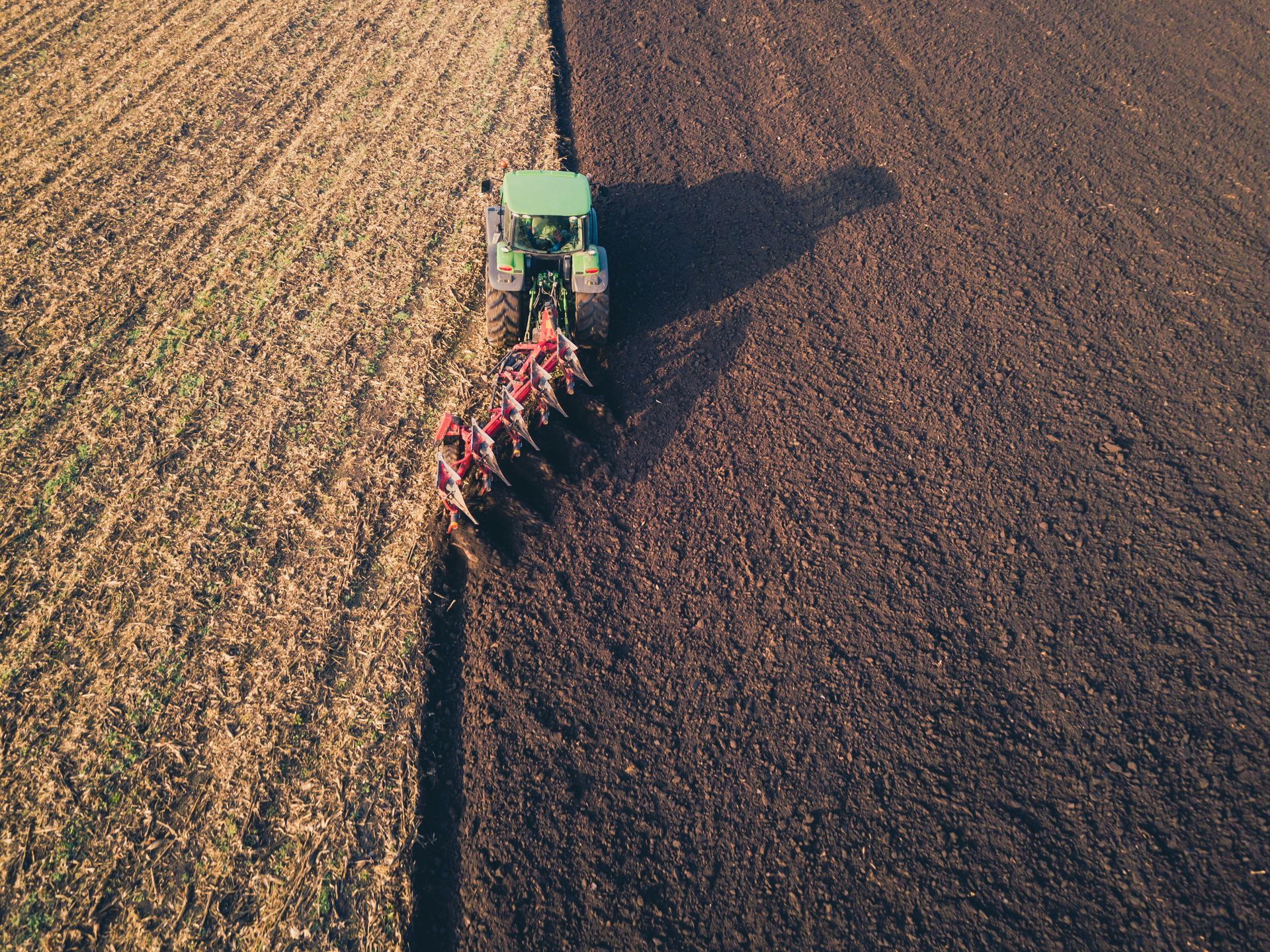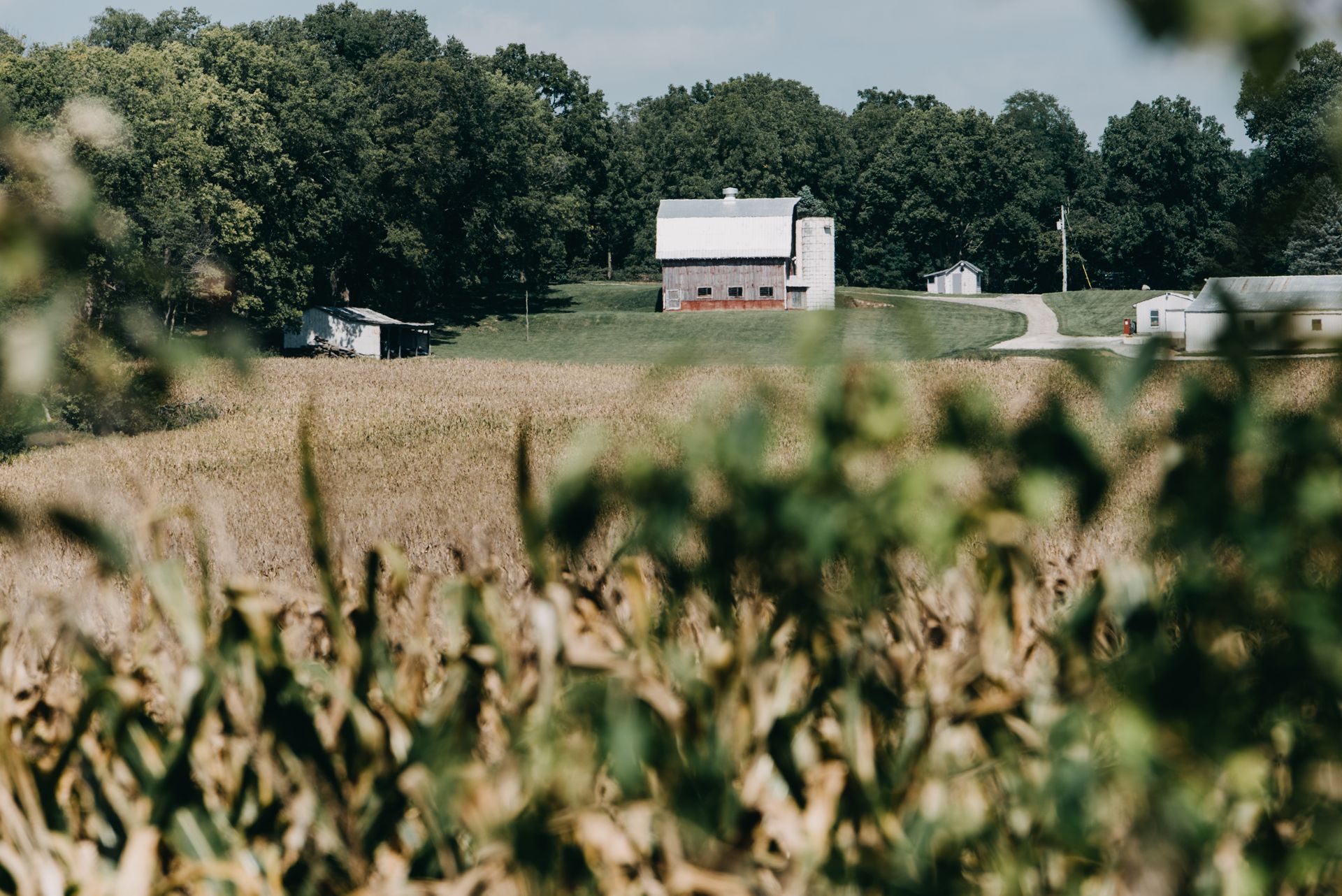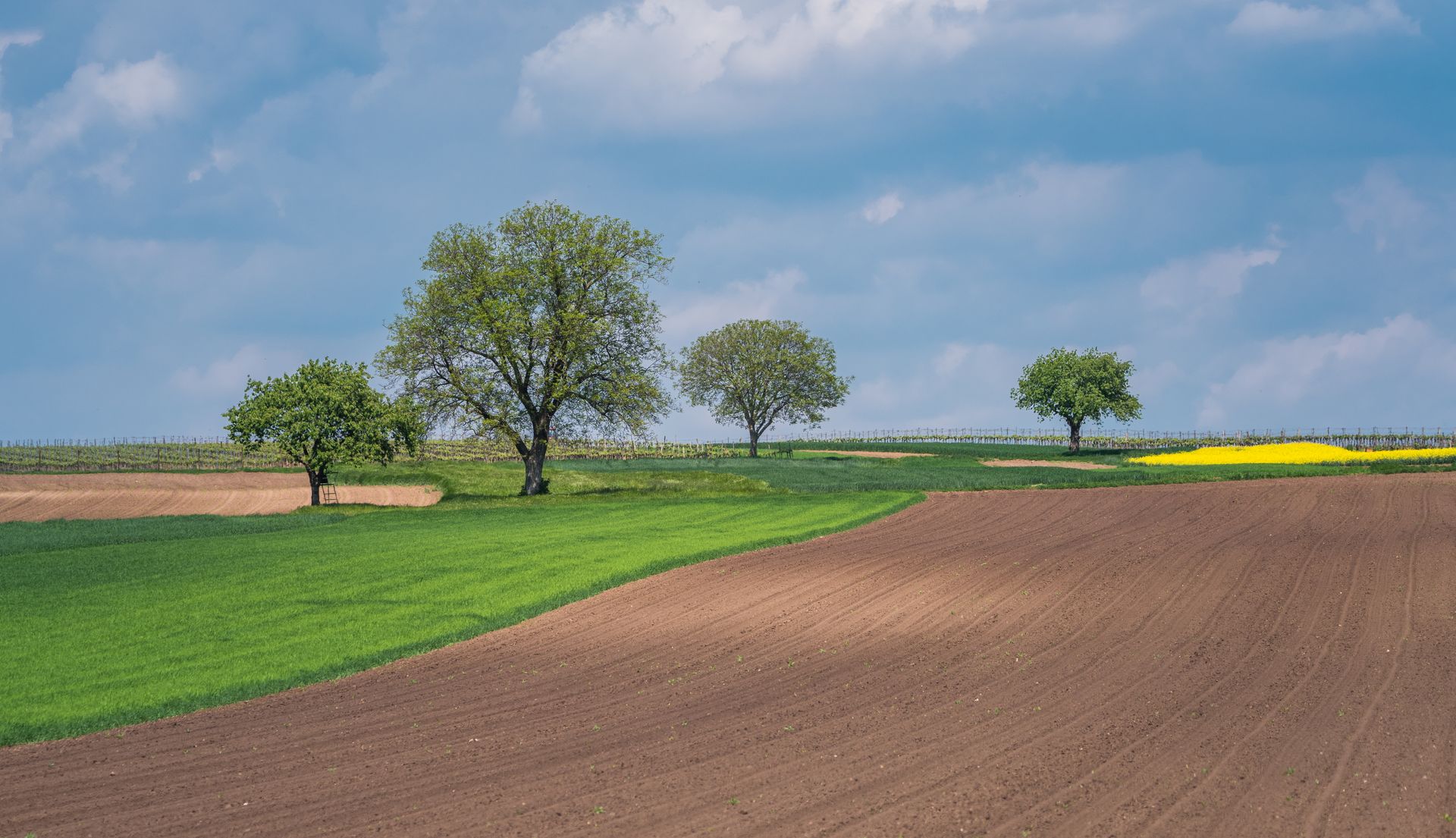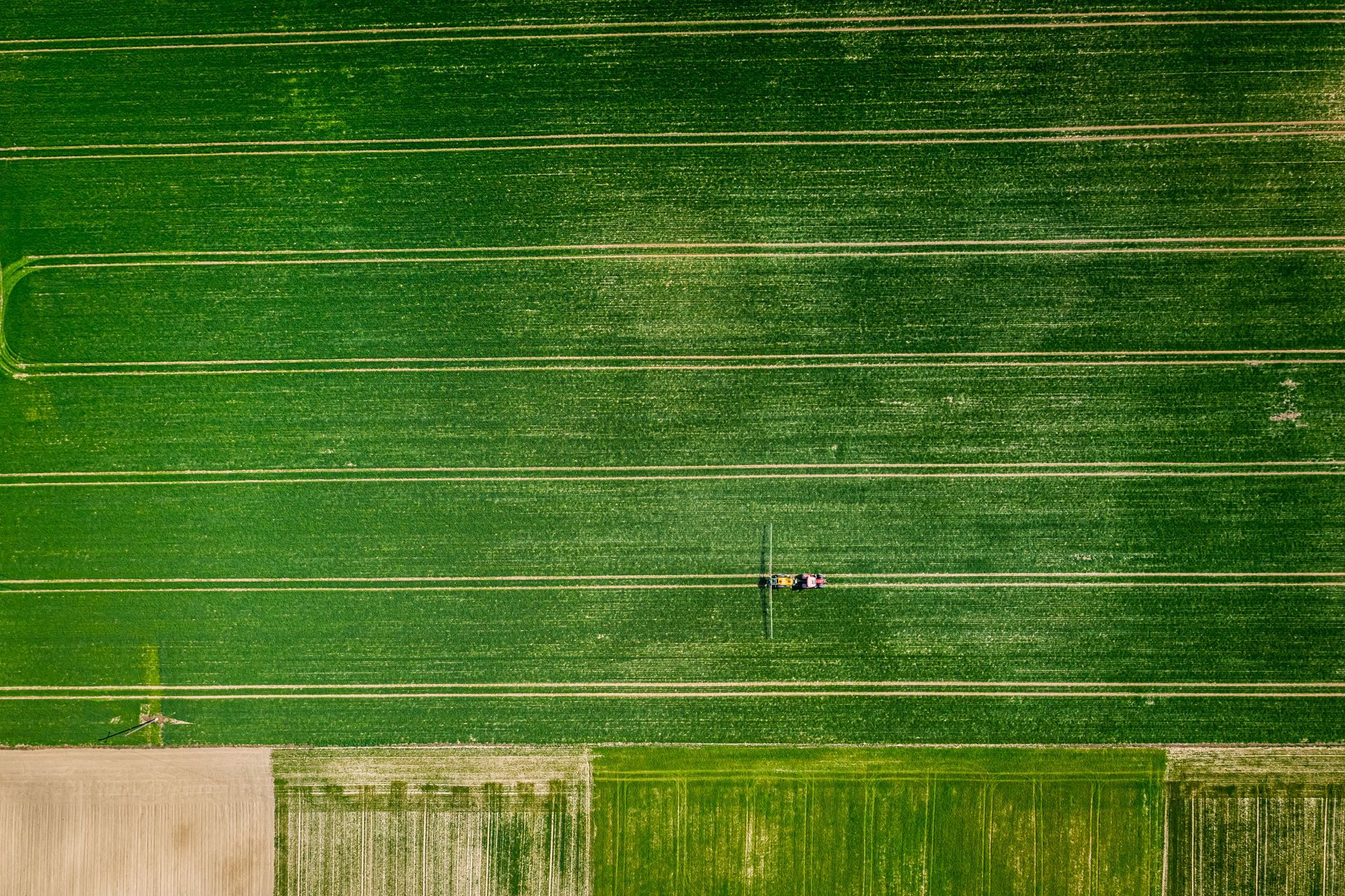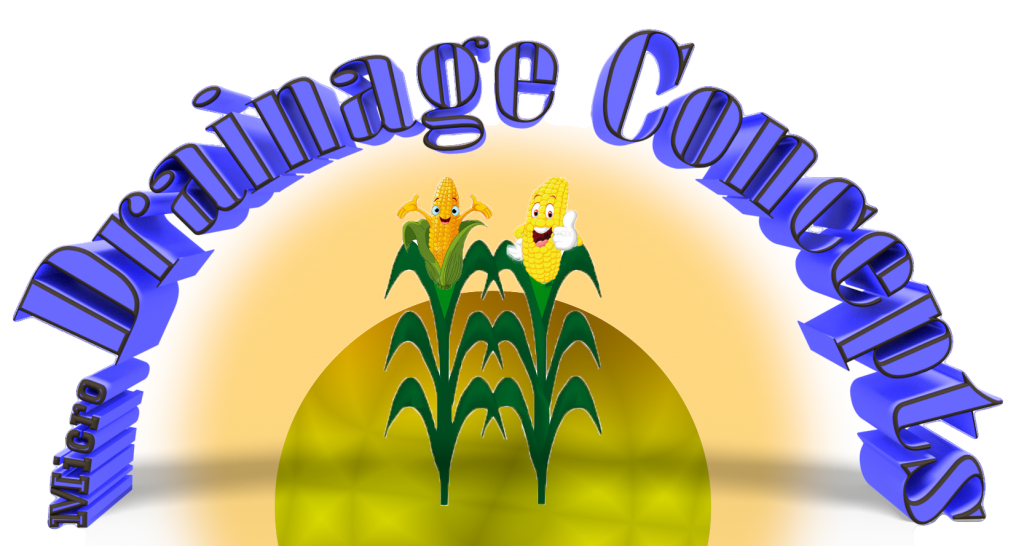
Understanding the difference
Strip-till is a way to help conserve the earth by using a minimal amount of tilling. It is a combination of conventional tillage and no-till methods. By doing so you are disturbing only the portion of the soil that is to contain the seed row. The potential on this is to get the soil drying and warming benefits of conventional tilling, with the soil-protecting advantages of not tilling at all. Think of it as a conservative method of no-tilling.
“The strips (in Strip-Tilling) are approximately 6 inches wide or about 1/3 the row width and 4 to 8 inches deep. These strips are cleared of residue and tilled for warming and drying purposes either before or during the planting operation. Fertilizer is often incorporated at time of strip tillage for better seed placement. The seeds are planted directly into the strip of loosened soil.”
The Possible Benefits
- creates an environment favorable for rapid seed germination and growth
- provides excellent residue management and erosion control
- optimum fertilizer placement for plant uptake
- reduce compaction in the seed zone
- warmer seed bed
- earlier planting
- ideal soil moisture and structure for seed-to-soil contact
- rapid and more extensive early root growth
- reduced disease pressure to the small seedling
- greater early season plant growth
- a reduced loss of nutrients
The Possible Disadvantages
- Cost of pre-plant operation
- Strips may dry too much, crust or erode without residue
- Potential for nitrogen fertilizer losses
The way this benefits the earth you are working is by reducing water and wind erosion, and improving the soil’s organic matter content, it also reduces CO2 losses from the soil and helps to conserve energy. We hope this helps give you an idea of what strip farming is. If you would like further information, we would love to hear from you!
Contact Us Today!
We would be happy to answer any questions you may have!
-
Address
8105 Malone Rd, Shiloh, OH 44878
-
Phone
(419) 908-5696
-
Email:
Sales@RichlandMicroDrainage.com

Why Micro Drainage is Different
Micro Drainage is a different way to drain your fields that you may not be as familiar with. The concept of Micro Drainage is to scope out sustainable drainage systems to see what will be best for your project. This concept is also makes it easier to customize your drainage system to be exactly what you need it to be to get the best out of your drainage system and the best out of your field.
These systems are designed to be automatically sized drainage systems to customized to your field and it’s needs. Designed to be a new way to drain to include flow controls, infiltration systems and attenuation structures within one fully integrated hydraulic model will drastically improve the quality of your field.
Micro Drainage allows for engineers to be able to design sustainable urban drainage systems including, and attenuation and infiltration structures that improve quality of your field to last to for years to come.
With this concept you have more freedom to design exactly what your field needs and how it needs it. Micro drainage is a revolutionary concept that is changing how farmer’s drain their fields giving better results. For a system that will help greatly improve your field going with a Micro Drainage system is a great choice.
Contact Us Today!
We would be happy to answer any questions you may have!
-
Address
8105 Malone Rd, Shiloh, OH 44878
-
Phone
(419) 908-5696
-
Email:
Sales@RichlandMicroDrainage.com

Info Box
The way we evaluate potential clients comes from more than five years of evaluation, experience and understanding of how it functions beneath surface. Due to lack of understanding of combining drainage with soil biology was the major driving force behind what we do. Micro Drainage Concept is a free information center provided by feedback from farmer’s, evaluate, fabricate and train by Micro Drainage Concepts team.
Evaluating golf courses has been a driving factor of understanding the time frame of quicker and more shallow drainage effects. There are some driving factors behind golf course's research of how drainage generally function. So, we read between the lines and applied that concept to the agriculture world.
After several years of evaluating between conventional farming and biological farming of bias on both sides, due to lack of understanding on both parties. The success we have achieved comes from the correct placement, combined with understanding the soil biology and tile size, and it’s all about cost savings.
Because of our understanding of infiltration rates between high tillage and the depleting soil life (1/4” to 1” coefficient per 24 hr. period) and increasing your soil life by working on your soil biology (which have up to 10” per hr. coefficient under right conditions). We concluded that this is what creates a quicker drainage function. We did the research and have perfected this concept so that you can reap the benefits of it.
After evaluation of what driving factors are for performance of drainage and how much average rainfalls per year, the intensity of rainfall in the most critical times, and what type of crops you're working with, ultimately results as the deciding factor on if you need drainage or not along with the best course of action for our clients to achieve their goals.
Contact Us Today!
We would be happy to answer any questions you may have!
-
Address
8105 Malone Rd, Shiloh, OH 44878
-
Phone
(419) 908-5696
-
Email:
Sales@RichlandMicroDrainage.com
